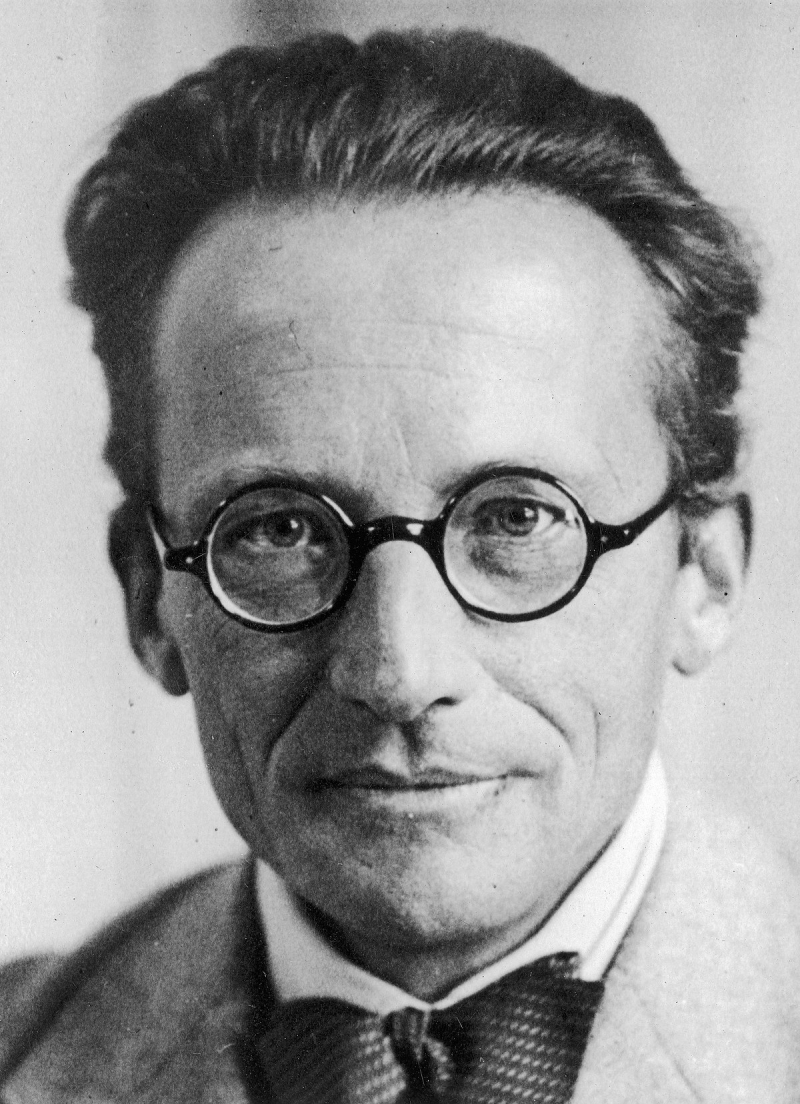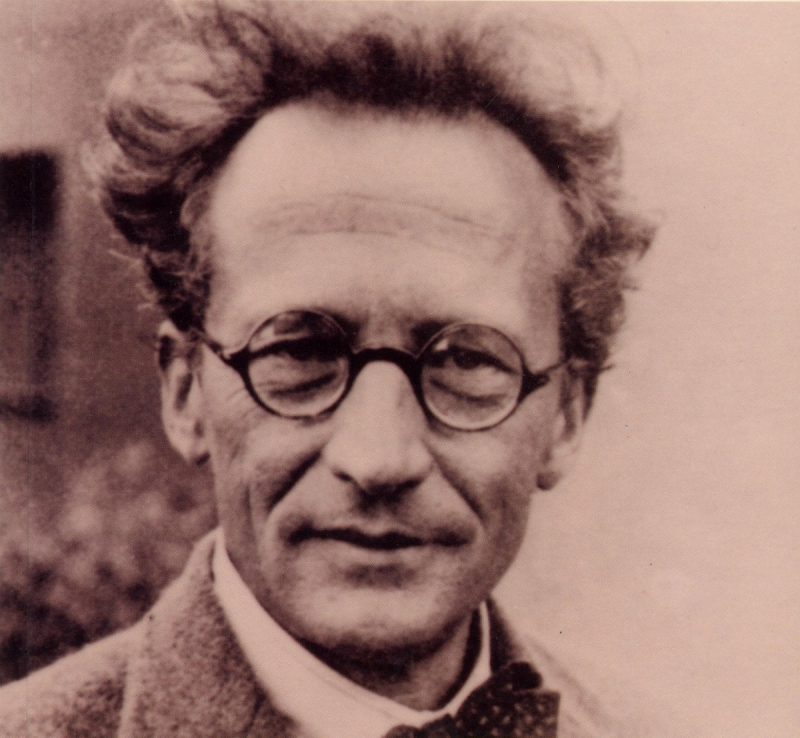During his first year of career, Erwin Schrödinger became interested in researching quantum theory.
During the first year of his profession, Erwin Schrödinger had a keen interest in researching the quantum theory that had been put forward by scientists like Albert Einstein, Max Planck, Arnold Sommerfeld, and Neil Bohr, among others. His theoretical physics research made use of the knowledge he learned from these investigations. He didn't make his first paper regarding atomic theory and spectral theory until 1920, while he was working in Germany with Sommerfeld and Wolfgang Pauli.
In January 1921, Erwin Schrödinger published his first study on the Bohr-Sommerfeld effect, which describes how electron interaction affects some aspects of the spectra of alkali metals. Erwin Schrödinger studied on the anatomy from a geometric perspective in 1922 using a method created by the mathematician Herman Weyl. Due to the research's demonstration that quantum orbits are connected to certain geometric qualities, it became clear that this study was crucial in predicting some of the characteristics of wave mechanics. He also developed the Erwin Schrödinger equation, which was based on the idea of light quanta and considerations of energy and momentum, to describe the relativistic Doppler effect for spectral lines.









